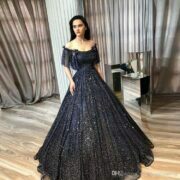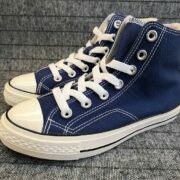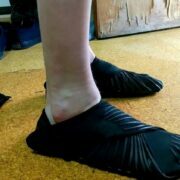A woman’s dress is a garment designed to be worn as a one-piece clothing with an attached bodice. These dresses vary in length and depend on the choice of the wearer as per modesty, or personal opinion.
HISTORY:
In the 19th century, dresses first started off with two themes. The day dress and the evening dress. Throughout the period, the length of the dress varied between ankle length and floor sweeping.
In the 20th and 21st century, hemlines left the floor for good and started becoming fashionably shorter and stylish.
The 21st century has bought about a whole new range of dresses for women, styles, designers and materials, breaking stereotypes and rising to exponentially new levels.
MATERIALS USED TO MAKE DRESSES include cotton, chiffon, silk, polyester, georgette, sheer, lace, synthetic fibres, nylon, satin and hand-made combinations of fabrics.
TYPES OF DRESSES ACCORDING TO LENGTH:
- Micro-dress: Micro dresses have the shortest hemlines and fall way above the knees, somewhere near the thighs. This type of dress suits only a certain kind of body type and are worn by people who are relatively comfortable with having their legs on display.
- Mini–dress: The trend of mini dresses started off in the 1980s. This type of dress reaches a little above the knees and lie mid-way between the thigh and knee; generally worn by youngsters or otherwise.
- Midi–dress: Midi dresses are a type of mid-calf length dress. Usually worn by middle aged women or young girls, suitable for church wear and outgoing events.
- Long-dress: Long dresses are a typical floor length designed specifically to sweep the floor while walking, hence giving an elegant feel. Some of these one-piece dresses also have trails that follow the dress, giving it a fairy tale vibe. Long dresses are worn by women for grand functions, prom like events and weddings.
TYPES OF DRESSES (CUTS AND SLITS)
- Wrap Dress: Wrap dresses are basically formed wrapping one side towards the other, creating a V shape, and hugging the body. They generally are clasped using buttons, or at times they are just loose near the neckline making it convenient to slip over the head.
- Trapeze Dress: Trapeze dresses are in an exaggerated A-line form that flare downwards from a fitted shoulder.
- Strapless Dress: Strapless dresses have no visible straps for the bodice. They are stitched specifically to be tight and fitted, so that the dress remains attached and snug. At times, corsets are also worn with the dress so that it fits perfectly.
- Slip dress: Slip dresses closely resemble a petticoat, and can easily slip over your head, attached with buttons or straps.
- Shirt dress: Shirt dresses resemble a shirt with a collar and buttons down the front. Often found in denim or knitwear, they make the perfect wear for a formal/informal meet.
- Shift dress: Shift dresses are found with little or no detail, simply worn in sleeveless or half sleeves. Airy and comfortable, they require no sprucing up but paired with the right kind of accessories, they are perfect for outgoing activities or events.
- Jumper dress: Jumper dresses are sleeveless dresses worn over a long-sleeved blouse or shirt. They look adorably vintage and have become a classic piece of clothing over the years.
Frock: Frocks are typically girly dresses worn by young girls or toddlers mostly. They have ruffled hemlines and reach till the knee or slightly above that. There are mini as well as midi frocks.

























Comments